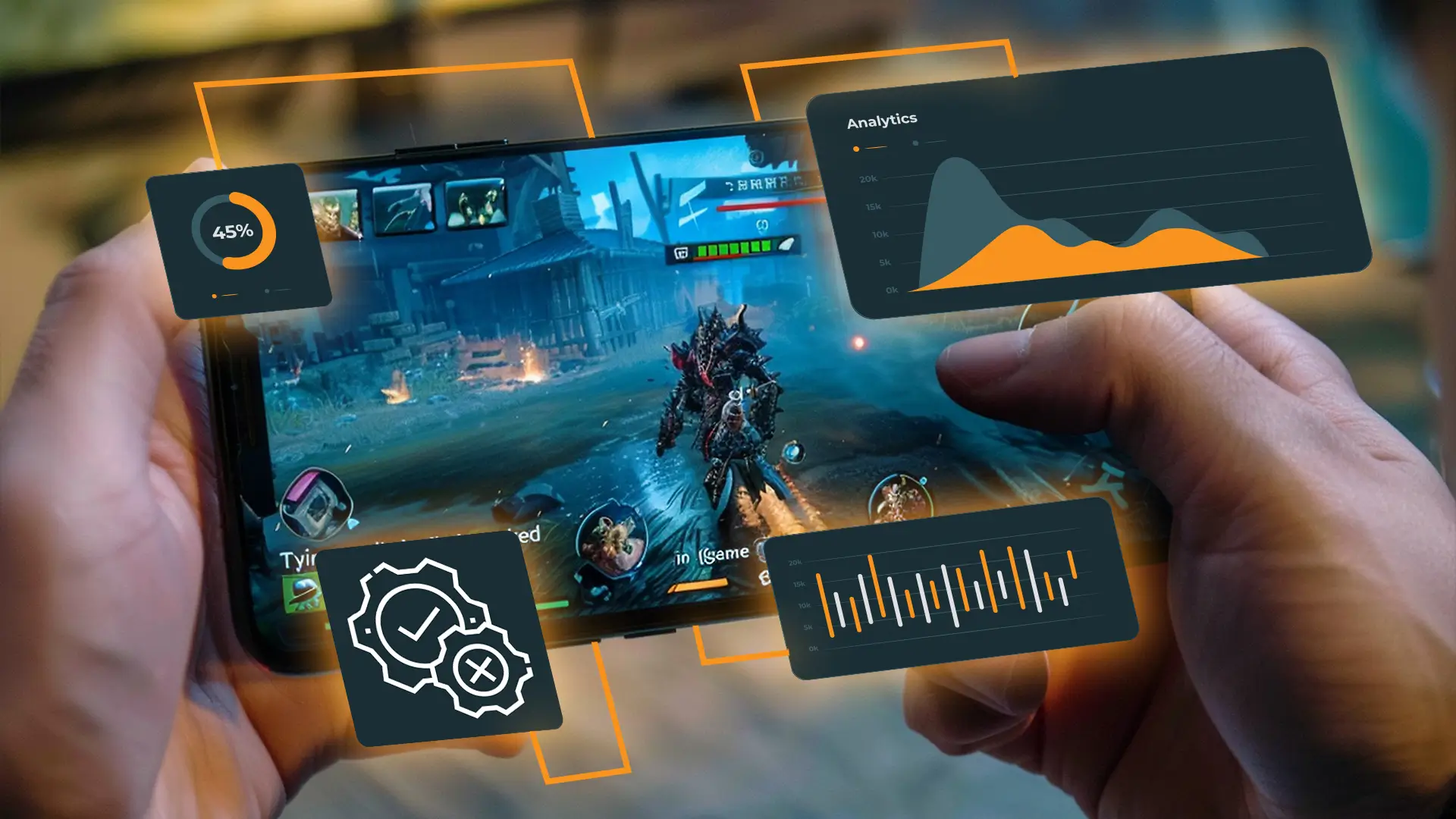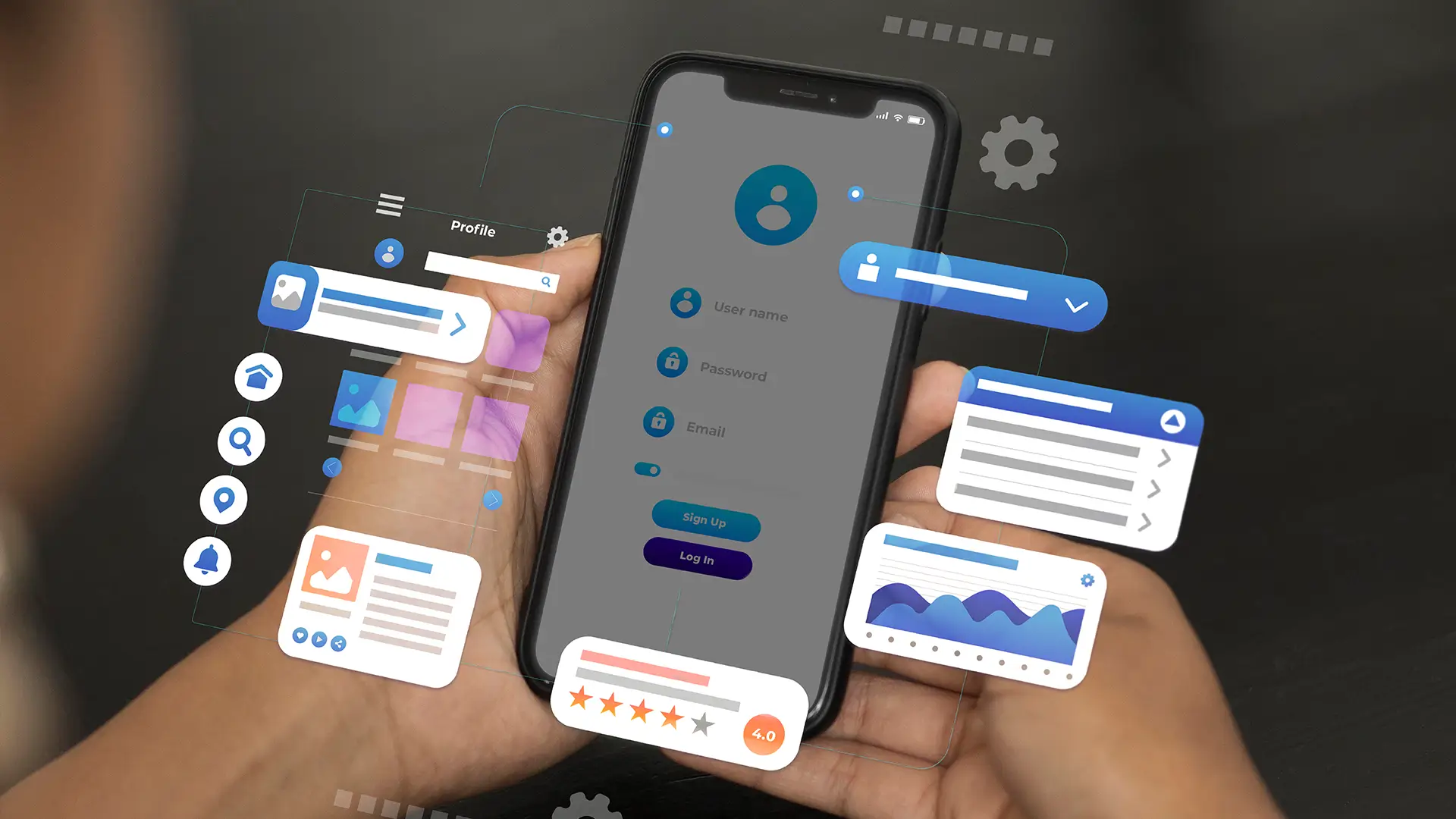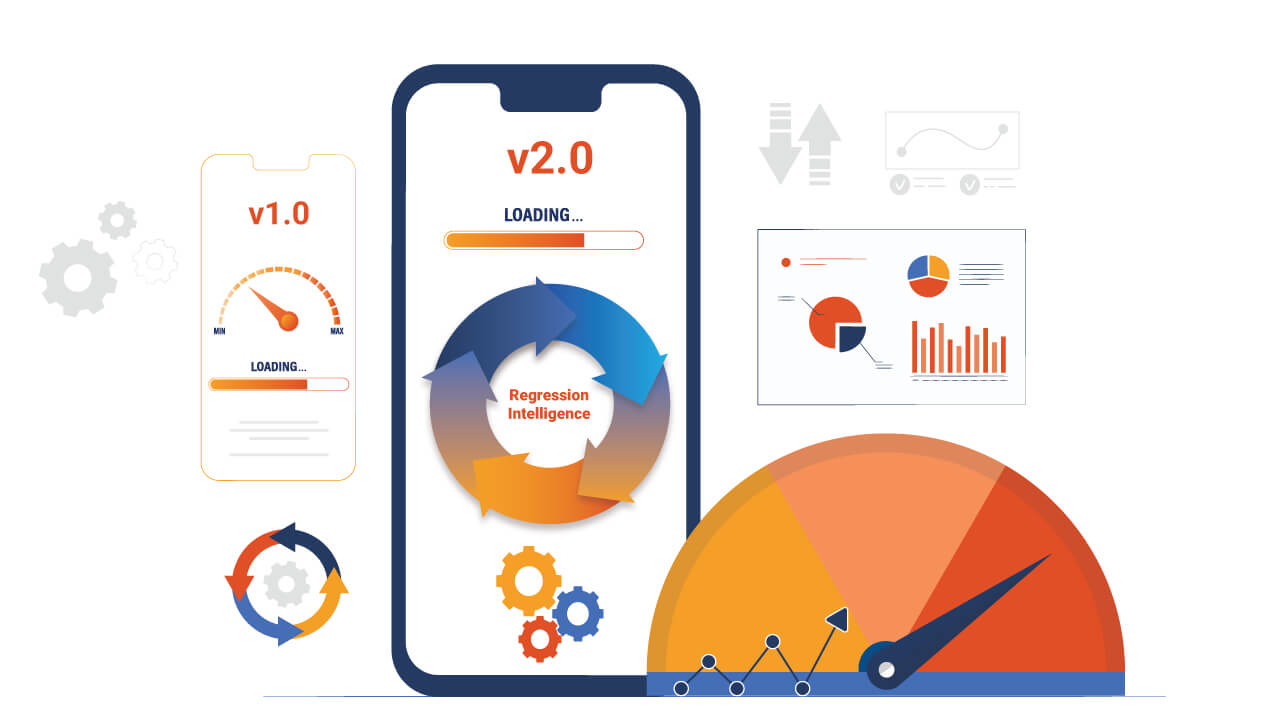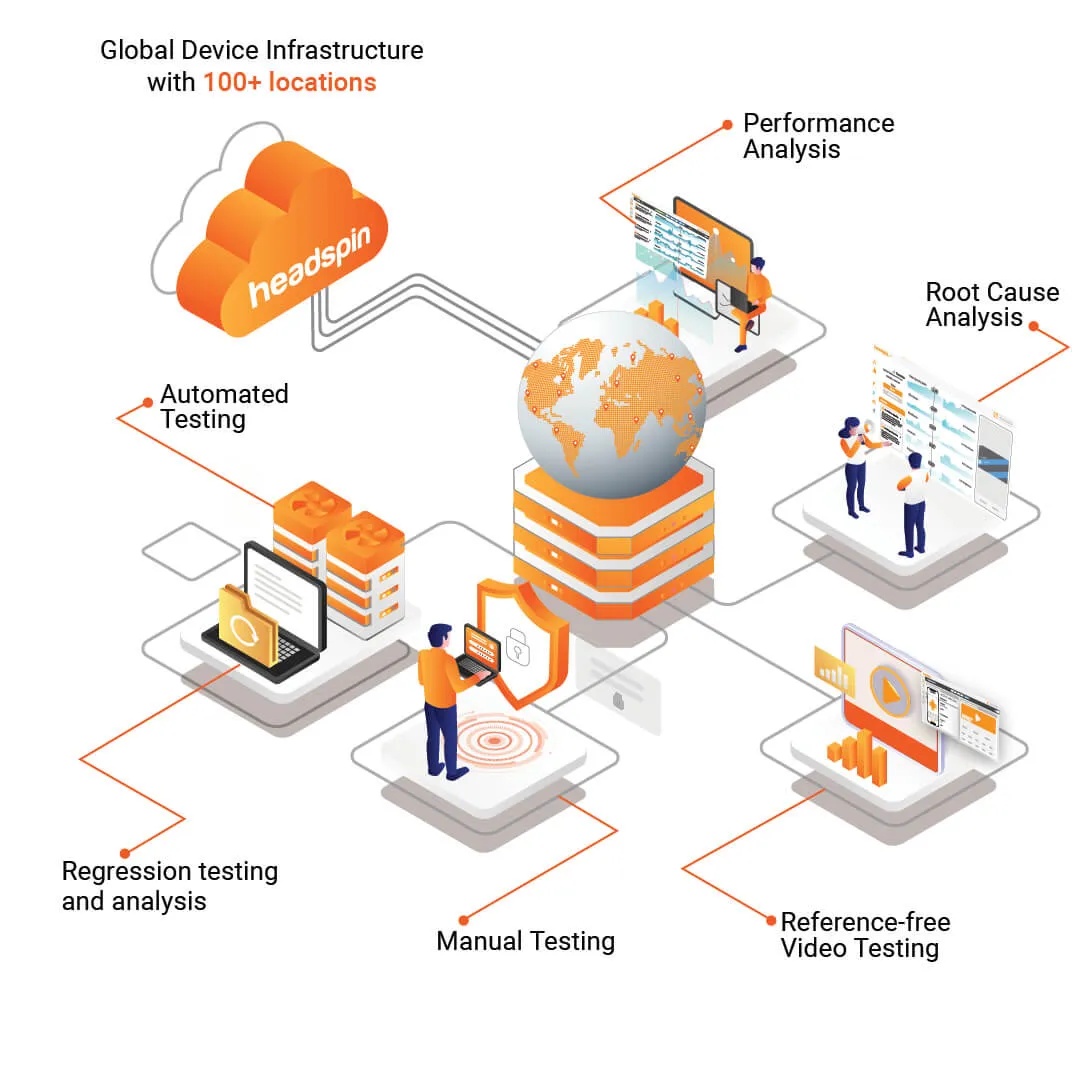Introduction
Mobile games account for more than half of the global gaming market revenue. Players expect smooth performance, quick response times, and bug-free updates.
Delivering that experience is challenging because every release must function across thousands of device models, various operating systems, and unpredictable network conditions.
Most studios update their games on a weekly or monthly basis with new levels, events, or monetization features. Each update carries the risk of breaking existing functionality, causing lag, or introducing payment errors. Manual testing alone cannot scale to this demand. Automated testing is now central to how gaming studios maintain release quality and protect the integrity of the gameplay experience.
In this article, let us learn in detail about the challenges solved by automation testing and how it helps deliver great gameplay experiences.
Manual QA vs. Automation in Mobile Game Development
Testing Frameworks for Mobile Game Automation
Appium
Appium automates UI interactions across iOS and Android. It is widely used to validate menus, navigation, and gameplay flows where user input is required.
Espresso
Espresso is Android’s native automation framework. It integrates with the Android testing ecosystem and is helpful in verifying in-game UI elements and functional flows.
XCUITest
XCUITest is Apple’s native framework for iOS. It is used to test gameplay flows, UI components, and functional stability on iPhones and iPads.
Unity Test Framework
For Unity-built games, this framework supports both play mode and edit mode tests. It helps developers verify object behavior, physics logic, and scene interactions directly inside the engine.
Conclusion
Mobile game testing will only become more complex as devices, networks, and player expectations continue to evolve. Automation provides the foundation to handle functional validation, regression coverage, and performance measurement at scale, while manual testing continues to guide creative and experiential aspects.
The way forward for studios is a balanced approach, utilizing automation to handle repetitive and performance-intensive checks while reserving manual effort for exploratory testing and refining the player experience. Teams that adopt this mix can keep pace with rapid release cycles without compromising quality.
HeadSpin supports this approach by providing access to real devices and carrier networks worldwide, helping studios validate their games under real-world conditions.
Run automated mobile game tests with confidence on HeadSpin’s global platform. Connect With HeadSpin Experts!
FAQs
Q1. Does automation replace manual QA testers?
Ans: No. Automation complements manual QA rather than replacing it. It automates repetitive, time-consuming tasks like regression testing and performance checks across hundreds of devices. This allows manual testers to focus on areas that automation can’t cover, such as exploratory testing, user experience feedback, and evaluating whether the game is actually enjoyable to play.
Q2. What type of testing should be automated first?
Ans: Regression testing is usually the best starting point. With frequent game updates, there’s always a risk of new features breaking existing ones. Automating regression tests helps ensure core functionality stays intact with every new build.
Q3. How can we test on hundreds of devices without buying them all?
Ans: Cloud-based testing platforms, such as HeadSpin, make this possible by providing access to a wide range of real devices on global carrier networks. Teams can run automated tests in real user scenarios without the cost and hassle of maintaining a large in-house device lab.



























.png)


















-1280X720-Final-2.jpg)






